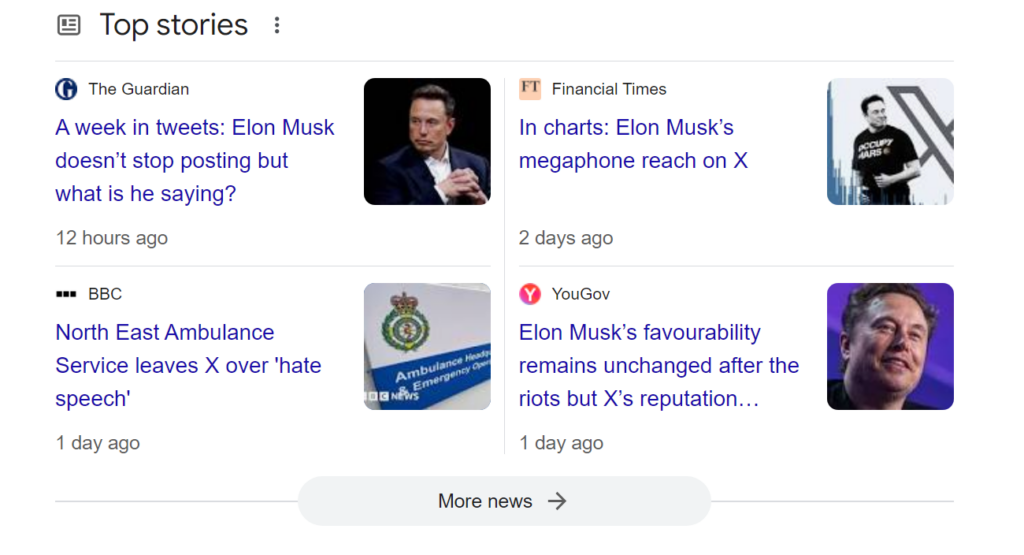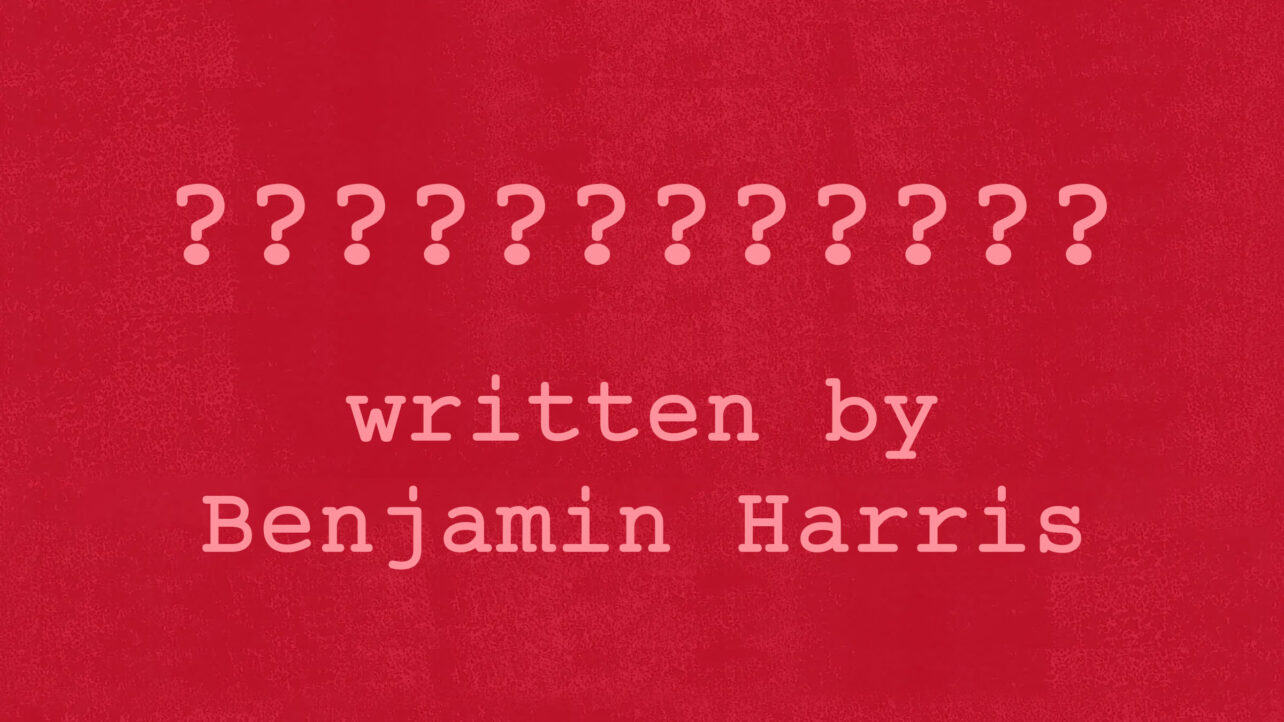Nothing is inherently worse than conforming to corporate practices when it includes your artwork, like when there’s a need to alter a narrative to fit a popular online formula or adjust one’s visual style to align with brand sponsorships. Ugh!
With that said, you might not want to hear that it may be more practical to name your online short film something search-friendly. Let me explain.
If you’ve ever designed a logo, you’ll know that finding the right font is an audacious process. Choosing the correct name for your short film can be just as tedious. If the name isn’t appealing, you won’t attract the right viewership base, and if it doesn’t relate to the film itself, viewers who watch might feel slightly misled.
However, consider another aspect of naming your short film: searchability. I know; why are we thinking about the gremlins of the internet when we just want to show our project? But in 2024, it’s an important matter.
Now, you might say, “Is it? Because I’ve just seen a film come out in 2022 called X, and I’m currently watching a TV series called From.”
And that’s a good point. There are plenty of films and TV shows with ambiguous names. However, using ambiguous or common names might work for larger films because they can brute-force their way into searchability with excess marketing money. For someone creating a short film, the name must have a more significant impact.
And even then, sometimes films can be lost within the search engine. Take X, for example. If you search that title, you’re served numerous news articles about the platform’s constant controversies.

If you want to find the 2002 action film XXX on Google, you’re not likely to see the Vin Diesel films right away; instead, you’ll come across a wide variety of adult content. So even if the film is popular and has marketing spend to brute-force its way into search discovery, there’s still the chance that, over a few years, the film will fade into internet obscurity unless the name is incredibly unique like A Quiet Place, Once Upon a Time in Hollywood, Godzilla Minus One.
In this article, I want to discuss something the internet is somewhat built on: SEO, or Search Engine Optimization.
Understanding SEO
SEO is a crucial aspect of blog content, product pages, and nearly every page you want on a search engine. It allows website owners to rank higher when someone searches for a specific keyword or key term related to their post.
In 2023, The Verge wrote a very controversial article stating that SEO had ruined the internet. Some would argue that they are correct. See, these SEO focused articles often contain irrelevant information, repetitive phrases, and keywords awkwardly inserted into every sentence.
There’s nothing more irritating than searching “How to replace a headlight for a Jeep Wrangler” and finding the first two paragraphs of an article are “What is a Jeep Wrangler?” and “What is a headlight?”. It’s like wading through a swamp of pointless content to find the necessary information. Didn’t I search for information regarding a Jeep Wrangler? Why is there a 200-word paragraph describing what the vehicle is? Well, this practice is a direct result of SEO-driven content, where the main goal isn’t to provide informative value to the reader but to appease the algorithms. SEO, man.
The unfortunate byproduct of SEO-focused publishing is that genuinely helpful content often gets buried on Google’s second or third page. Who goes that far?
Now, applying SEO principles to something as artistic and personal as a short film might seem like you’re selling your soul to the devil—albeit a digital one. But here’s the thing: SEO doesn’t have to be your enemy. In fact, when used wisely, it can be a powerful tool to help your film reach the audience it deserves.
Experts in SEO ensure that content reaches the front pages of search engines by enriching the article with relevant and searched-for keywords, which you can do with your short film.
Think of it this way: imagine you’ve created a gripping short film about a retired detective who has just received new information about his unsolved case. The case involved a mass murderer who would paint his victims in a variety of different colors. You name it Colours. And by all accounts, it’s a fitting title, right? But when you search for “Colours” online, you’re immediately met with a barrage of results: websites for color palettes, links to color theory articles, and even other films or music with the same name. Your short film? Unless every major outlet shares a viral sensation in the film, it will get lost in the shuffle. Well, it won’t get lost; it simply won’t have the authority to rank high.
However, if you tweak the title slightly, adding a unique or descriptive element—say, The Colours of Death or A Case of Colours—you’ve dramatically increased your chances of standing out. It’s still a title that reflects the essence of your film, but now it’s much more likely to appear in search results when someone is looking for something related to your work.
This isn’t about compromising your artistic integrity but ensuring your art gets seen. Unfortunately, the sad reality is that it doesn’t matter how incredible your film is in today’s digital landscape if no one can find it. More than 500 hours of video content are uploaded to YouTube every minute. It can be challenging to stand out if you don’t have a pre-established audience. However, by considering SEO when naming your film, you’re not giving up on creativity; you’re simply giving your film the best possible shot at finding its audience.
It’s also important to note that SEO considerations go far beyond the title. The description of your film on the platform where you upload it can also significantly affect how easily your film is discovered.
Descriptions should be concise but packed with relevant keywords that accurately reflect the themes and content of your film. It also helps to focus on terms that potential viewers are likely to search for. In the case of The Colours of Death, you would want to include phrases like “short crime film” somewhere within your description to fulfill that SEO criteria.
If you want to dive deeper into finding the related keywords for your description, check out this article from Ahrefs (an SEO service) on the ten best keyword research tools.
Listen, I get it. Tailoring your film’s name and description for SEO might initially feel a bit uncomfortable. I highly doubt David Lynch will read this article, but he’d be yelling explicit curse words while doing so. But look, it’s a small price to pay to ensure your work isn’t lost in the vast digital ocean.
The goal here isn’t to dilute your artistic vision but to ensure that vision is seen, appreciated, and celebrated by as many people as possible. So, the next time you’re brainstorming a title for your film, don’t just think about what sounds good—think about what will help your film stand out in the crowded, ever-expanding world of online content.
For more on film talk, check out these articles:
No, Sora Has Not Democratized Filmmaking

